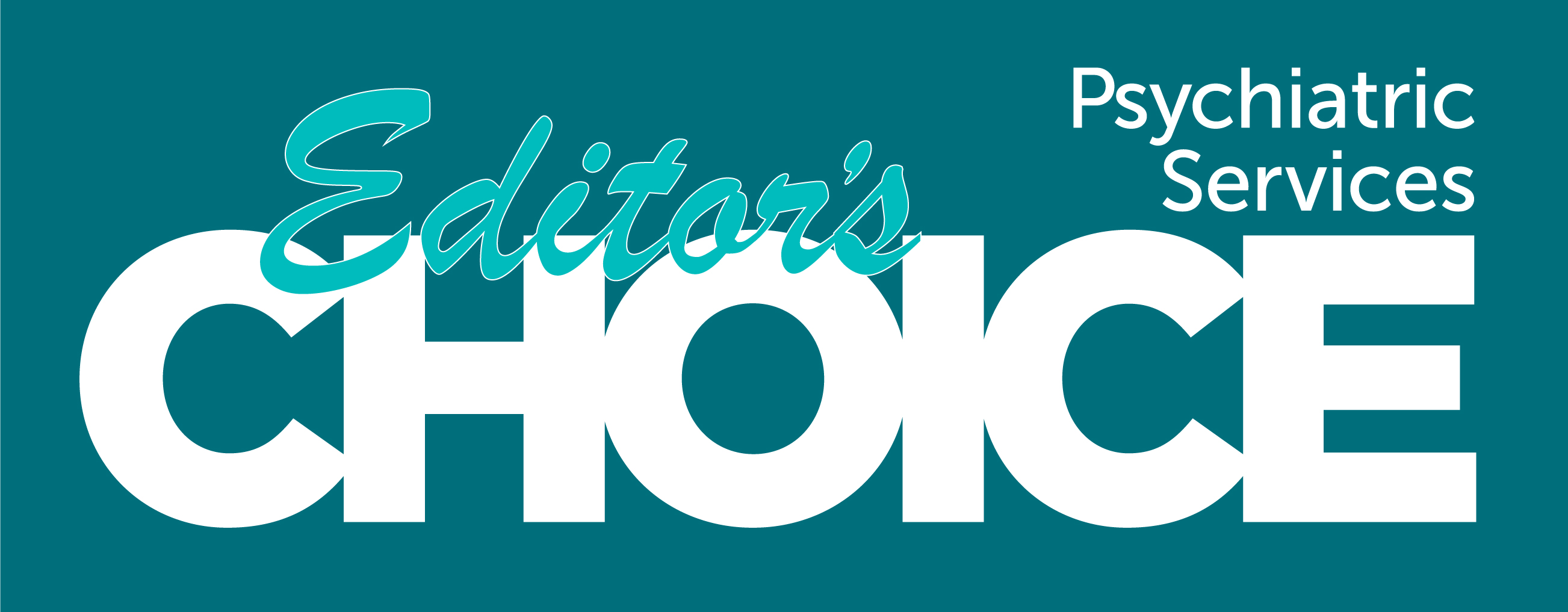Psychiatric Services Editor’s Choice
Editor Lisa Dixon and the Early Career Psychiatrist Advisory Committee offer curated collections from the rich resource of articles published in the journal. Updates will focus on one area, summarizing for the researcher, clinician, and policy analyst the latest information and seminal research with links to specific content from Psychiatric Services.
Lisa Dixon Introduces Editor’s Choice
The Imperative to Treat Tobacco Use Disorder
May 2024The Imperative to Treat Tobacco Use Disorder
According to the Centers for Disease Control and Prevention, tobacco use disorder remains the leading cause of preventable disease, disability, and death in the United States, killing close to 500,000 Americans each year. While significant public health efforts have resulted in fewer people smoking and less tobacco consumed, in 2021 an estimated 11.5% of U.S. adults still smoked cigarettes. Tobacco use disorder and related complications historically have disproportionally affected people with serious mental illness. For too long, mental health clinicians have believed they need to choose between treating serious mental illness and treating tobacco use disorder. It is a false choice: clinicians have a responsibility to treat both.
This month’s Editor’s Choice Collection reflects on the treatment of tobacco use disorder for people with mental illness, with a special emphasis on addressing barriers to accessing this life-saving care. Such barriers are discussed in detail in articles listed in the first section, and articles in the second section highlight the roles of peers and community health workers. The third section outlines key clinical interventions. As this collection illustrates, psychiatric providers should be leaders at the forefront of managing tobacco use disorder.
Emily Kager, M.D., Joseph Kim, M.D., and Peter Spyrou, M.D., Lisa B. Dixon, M.D., M.P.H.
Department of Psychiatry and Behavioral Sciences, Montefiore Medical Center, Bronx, New York (Kager, Kim, Spyrou). Dr. Dixon is the editor of Psychiatric Services.
Browse Collections
- The Imperative to Treat Tobacco Use Disorder - May 2024
- Assertive Community Treatment - March 2024
- Mental Health and Substance Use Disorder Parity - February 2024
- Correctional Psychiatry - December 2023
- 988 and the Crisis Continuum of Care - October 2023
- Substance Use Disorders Refresh: Nonopioid Substance Use Disorders - August 2023
- Responding to the Opioid Crisis - June 2023
- Global Mental Health - March 2023
- Mental Health of College Students - January 2023
- Decision Science and Health Economics - December 2022
- Supported Employment for Individuals With Mental Disorders - October 2022
- Refugee Mental Health - August 2022
- Engagement in Mental Health Services - June 2022
- Integrated Care Refresh, Part 2 - January 2022
- Engaging People with Lived Experience in Mental Health Services and Research - March 2022
- Trauma and Serious Mental Illness - April 2022
- Racial-Ethnic Disparities in Mental Health Care - January 2021
- Homelessness and Mental Health: Part 1 - March 2021
- Homelessness and Mental Health: Part 2. The Impact of Housing Interventions - April 2021
- The Psychiatric Workforce Shortage - May 2021
- The Stigma of Addiction - July 2021
- Adolescent Suicide - August 2021
- Mobile Interventions - October 2021
- Mental Health and COVID-19 - October 2021
- Perinatal Psychiatry, 2021 - November 2021
- Integrated Care Refresh - December 2021
- Health Disparities Among People With Serious Mental Illness - February 2020
- Considerations for Telepsychiatry Service Implementation in the Era of COVID-19 - April 2020
- Resilience - June 2020
- Mental Health Services in Rural Areas - August 2020
- Suicide Prevention, Part 1: Identifying and Predicting Risk, Vulnerable Populations, Public Perceptions, and Priority Settings - October 2020
- Suicide Prevention, Part 2: Evidence-Based Practices, Cost-Effectiveness, and Future Directions - November 2020
- Integrated Care - January 2019
- Recovery - February 2019
- Peer Support - March 2019
- Perinatal Psychiatry - April 2019
- Asking for Change: Homelessness and Mental Health - May 2019
- Mental Health Disparities by Race and Ethnicity of Adults - June 2019
- Substance Use Disorders - July 2019
- A Stitch in Time: Early Psychosis Intervention - August 2019
- Mental Health Criminal Justice Diversion - September 2019
- Community-Based Mental Health Crisis Services - October 2019
- Family Members and Caregivers - November 2019
- Violence and Mental Illness - December 2019
Comments and feedback about Editor’s Choice: [email protected]


